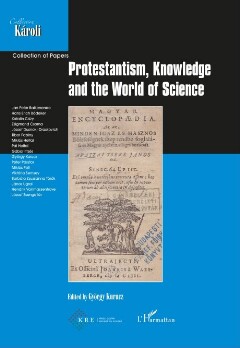Page 35 [35]
THE UNIVERSITY OF THE REFORMATION
The highest ranking (and best paid) jobs remain the professorships in Biblical
languages (Table 14).
Table 14 Regular professorships in the Faculty of Arts (1536)
App. No.* Chair Salary
8 1 Hebrew 100 gl.
7 & 19** 2 Greek (also rhetorician) 100 gl.
2 3 Poetry 80 gl.
2 & 19** 4 Terence and grammar (also rhetorician) 80 gl.
12 a)-b) 5-6 Mathematics (lower and higher) 80 gl.
11 & 19** 7 Dialectic (also declamations) 80 gl.
20 & 19** 8 Rhetoric (also declamations) 80 gl.
16 9 Physics 80 gl.
3b) 10 Moral philosophy 80 gl.
15 11 Elementary Latin/Greek/Hebrew 40 gl.
* In the list of the Fundationsurkunde (UBW 1:177, No. 193). **See n. 74.
The four positions in the theological faculty we saw in Melanchthon’s statutes
of 1533 are essentially kept although only three are termed professorships. The
first two have a full teaching load, while the third only a half, because the in¬
cumbent is also required to preach. In exchange, the town preacher has to offer
lectures at the university, to make up for the missing half-load. All theology is
essentially Biblical; the role of patristics in the curriculum is weaker than in
Melanchthon’s statutes. The law school had four professorships, including, as
second in rank, canon law. The reintroduction of ecclesiastical jurisprudence
was a result of the recognition of its indispensability in marriage and inherit¬
ance matters. As before, law professors were required to assume court duties
as well. The medical school received a third lectureship, dedicated to anatomy.
Overall, theologians remain the most highly paid among the faculty (Table 15).
Quarterly disputations, on top of those needed for graduation, in each of
the higher faculties and bi-weekly disputations and declamations in the Fac¬
ulty of Arts, are prescribed in addition to the daily routine of regular lectures,
the consistent performance of which is strictly enjoined upon all faculty. The
necessary funding is provided by the dissolution of the (previously secularised)
All Saints’ endowment and the permanent incorporation of all its incomes into
the university finances.
+ 33 +

